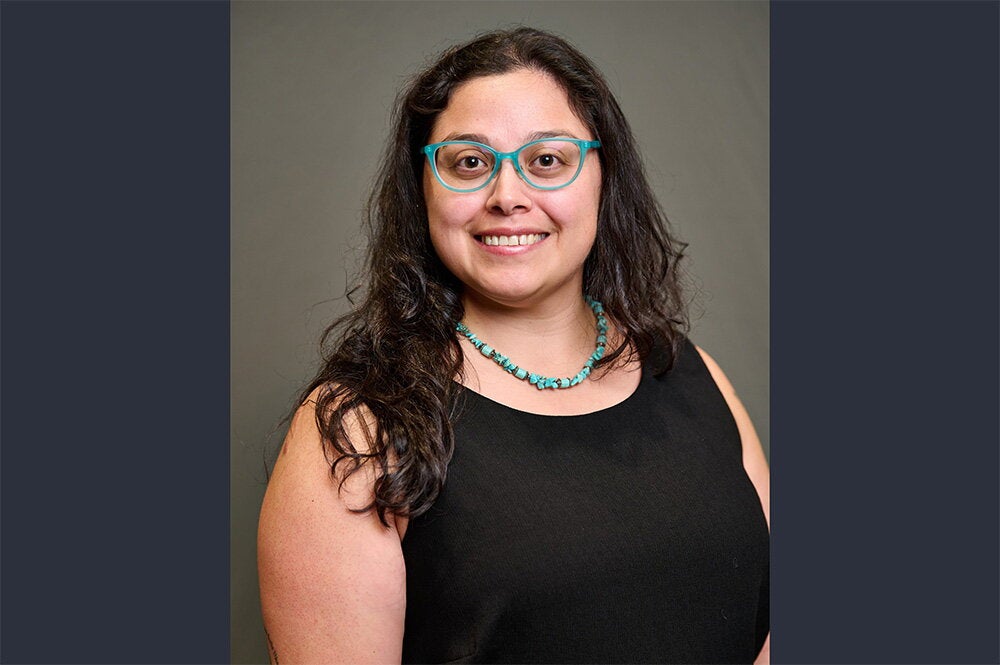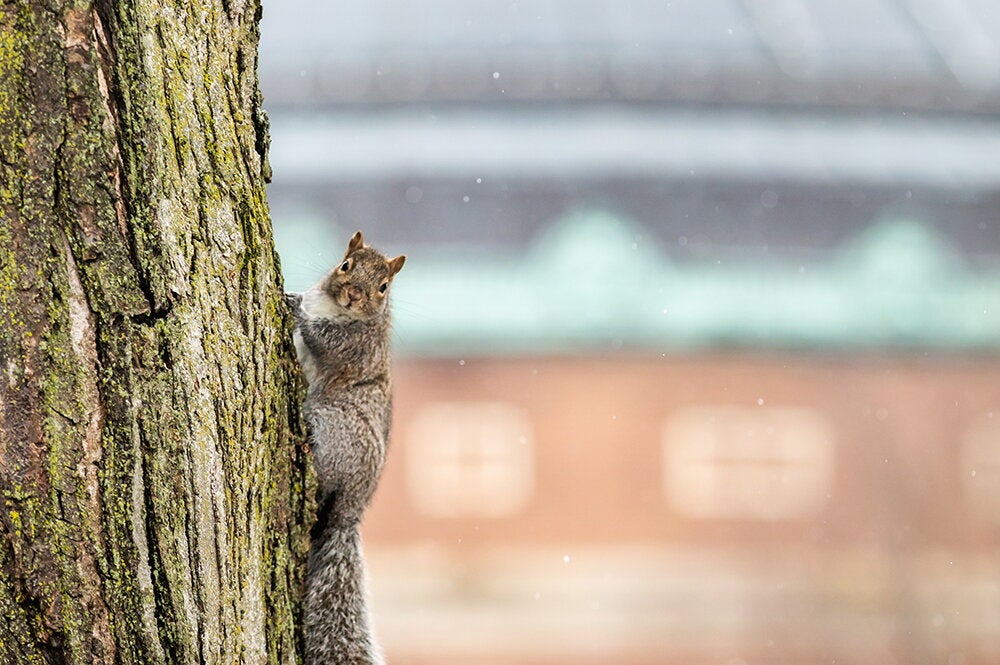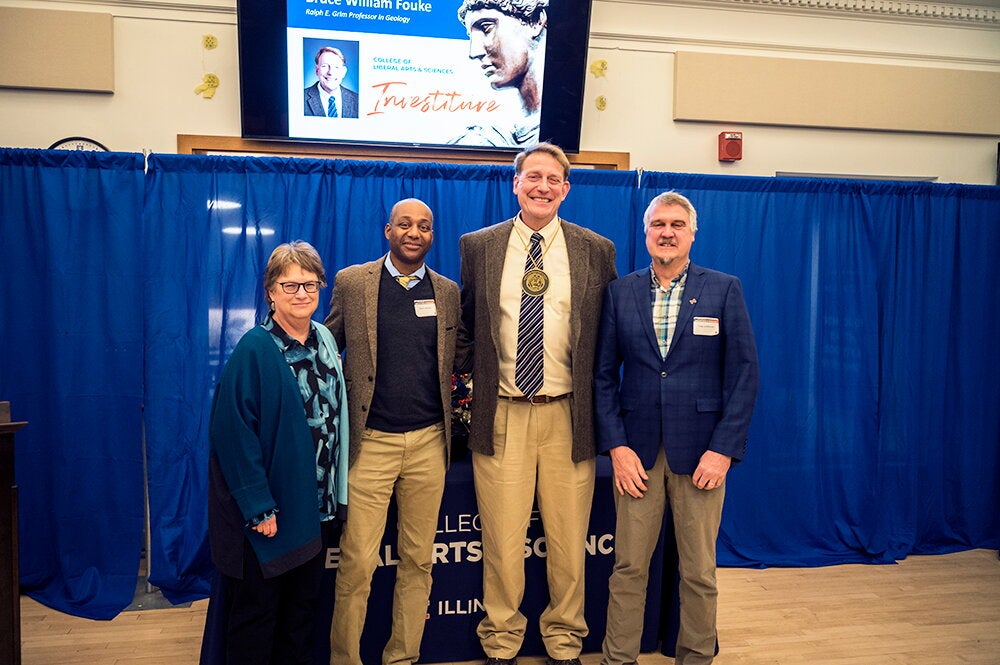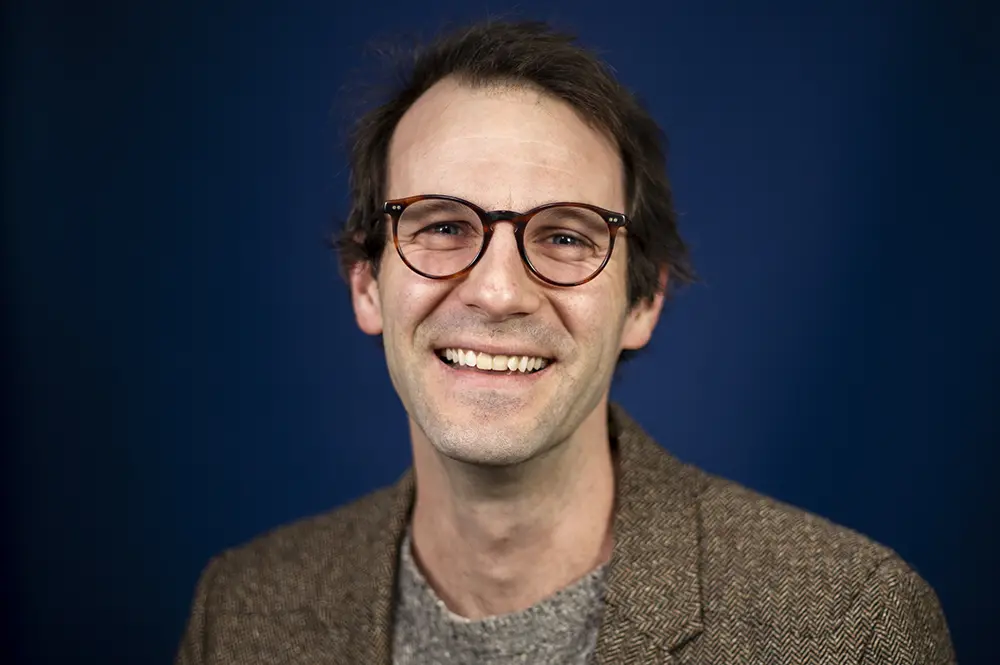
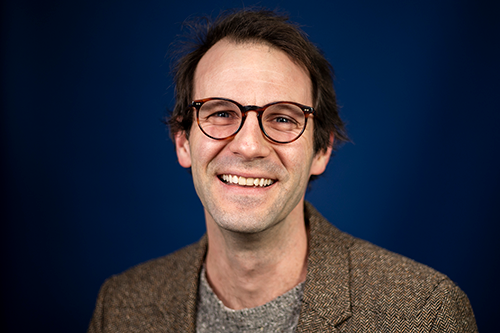
William Guenthner is in search of missing time—1.2 billion lost years, to be more precise. Geologists call it the Great Unconformity.
Originally observed by John Wesley Powell in the Grand Canyon in 1869, the phenomenon describes two layers of rock that stretch across most of North America and come together despite an age difference of about 12 million centuries. So what happened to the missing layers in between? Using techniques that he developed on rocks from miles underground, Guenthner, a professor of geology, hopes the next few years of research will help answer that question.
Guenthner has received a National Science Foundation CAREER grant to describe the erosion history throughout North America. The grant, designated for early-career faculty members, will provides him more than $500,000 to pursue the project, “Refining zircon (U-Th)/He deep-time thermochronology for constraining Neoproterozoic thermal histories.”
Guenthner is mainly researching a mineral called zircon, an uncommon mineral, but an important one. In fact, zircon, a crystal, is the oldest known mineral that comes from Earth. Guenther pointed out that researchers have been able to date zircon that is about 4.4 billion years old.
Zircon is everywhere, in microscopic form. Using this grant, Guenthner will be dating zircon that could shed light on the Great Unconformity. Guenthner said that he is using zircon grains because they are very resilient and hard to weather. Zircon sticks around in the rock record for billions of years and is also susceptible to varying degrees of radiation damage, giving it a wide range of temperature sensitivity.
Understanding what happened to zircon could help shed light on the billions of years of erosion that has occurred on the planet. The thermal history of rock layers— rocks get hotter the more they are buried and cooler when they are forced toward the surface—tell us a lot about how rocks and minerals changed and eroded over the centuries.
Guenthner explained that his research will use low-temperature thermochronology to describe the temperature histories of rocks. He will use samples of Great Unconformity rocks currently at the surface that have been drawn up from several kilometers underground. Meanwhile, colleagues at Texas Tech University with access to specific well sites will add to the collection of samples from areas of the U.S. where the Great Unconformity is present, but buried a few hundred meters beneath our feet (such as in Illinois and Kansas), and the rocks will be shipped to Urbana-Champaign for analysis.
“At 6, 7, 8 kilometers depth it’s going to be at maybe 200 degrees Celsius and then it’s going to be sitting at or near the surface it’s going to be at like 10 to 30 degrees Celsius. With thermochronology we can date that process, and we can describe the rate at which that happened,” he said.
Guenthner will study the thermochronology of the zircon samples by researching the kinetics of noble gas diffusion inside the samples. Part of his technique is studying how helium moves around inside zircon that has been damaged by radiation.
By collecting and studying a wide array of zircon, Guenthner hopes to build a thermal history of various temperature sensitives to get a more detailed picture of how North America eroded over the years, which ultimately created the Great Unconformity.
Guenthner noted that this is a very momentous time for him as this is the first major grant he has received where he is the only principal investigator.
“This one is really exciting because I really get to drive this and it’s something that I really wanted to do,” Guenthner said. “It’s really an amazing feeling to have the freedom that five years of funding that allows you to think deeply about something and really develop a research project that is going to carry onward hopefully for the next few decades. It’s the kind of problem that really sparks your imagination.”
